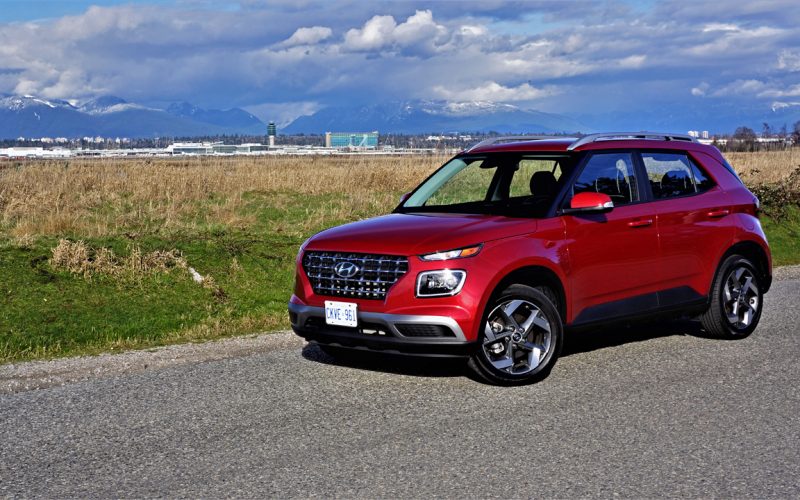
Reading Time: 18 minutesIf you want to know where the future lies in the automotive industry, just look where
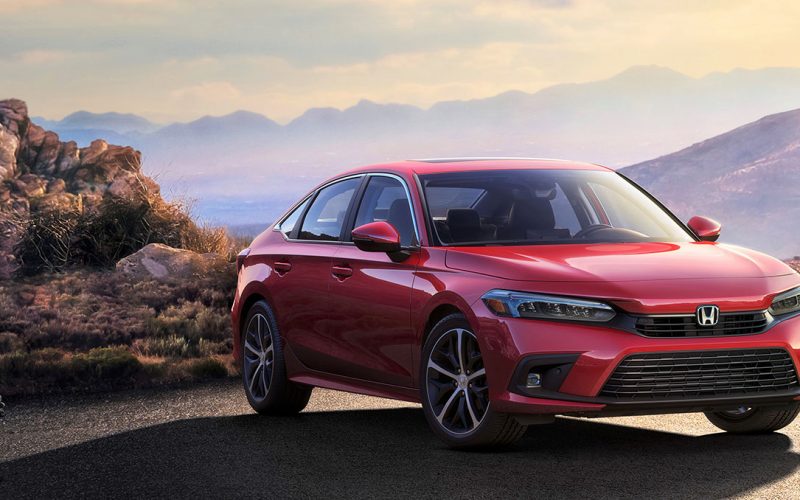
Reading Time: 3 minutesHonda Canada’s Civic sales have been crashing recently, down more than 20 percent throughout Q1 of
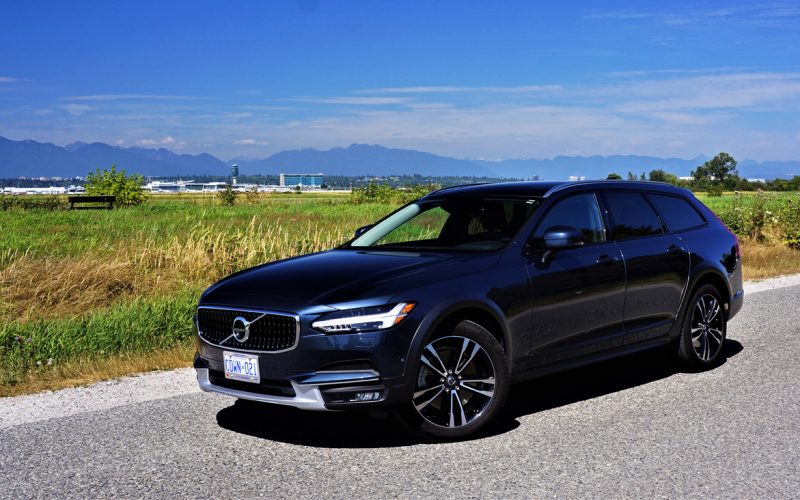
Reading Time: 13 minutesBack in early 2017, Volvo asked us to “rediscover [our] passion in life” in a then
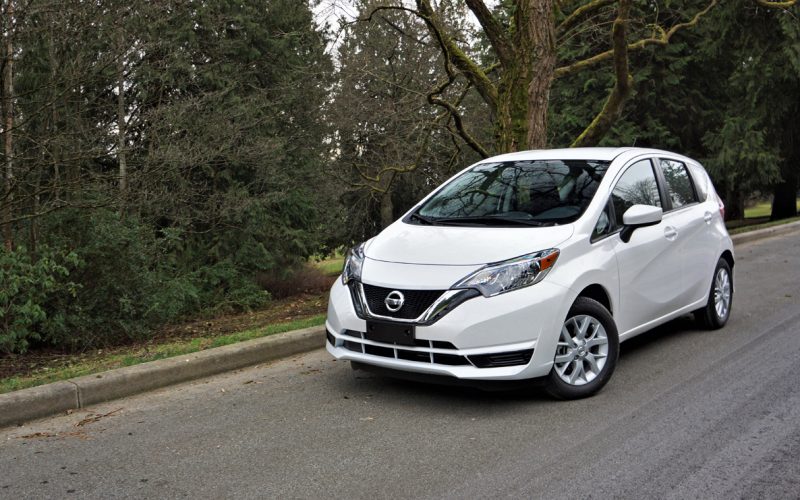
Reading Time: 9 minutesHow do factory leasing and financing rates from zero percent sound to you? That’s what Nissan
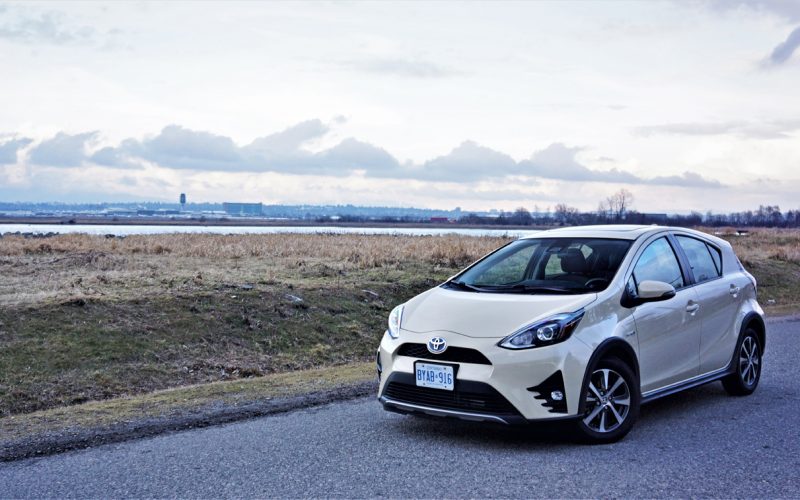
Reading Time: 8 minutesIn case you hadn’t heard, the Prius C was discontinued as 2019 came to a close,
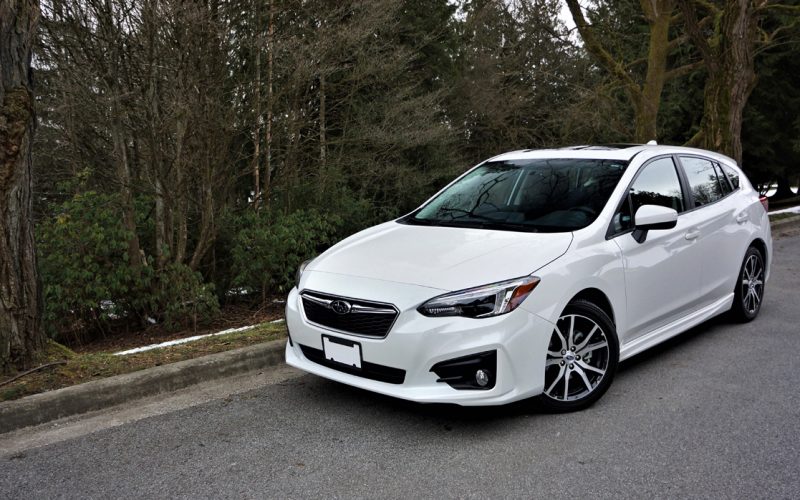
Reading Time: 11 minutesThe compact class is incredibly competitive in Canada, but thanks to continually improving its exterior design,
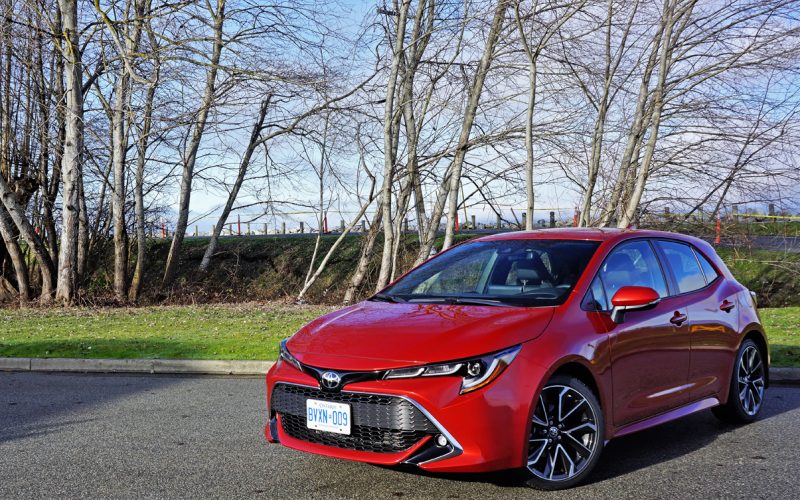
Reading Time: 12 minutesToyota may have said sayonara to its Scion line a few years ago, but the youth-oriented
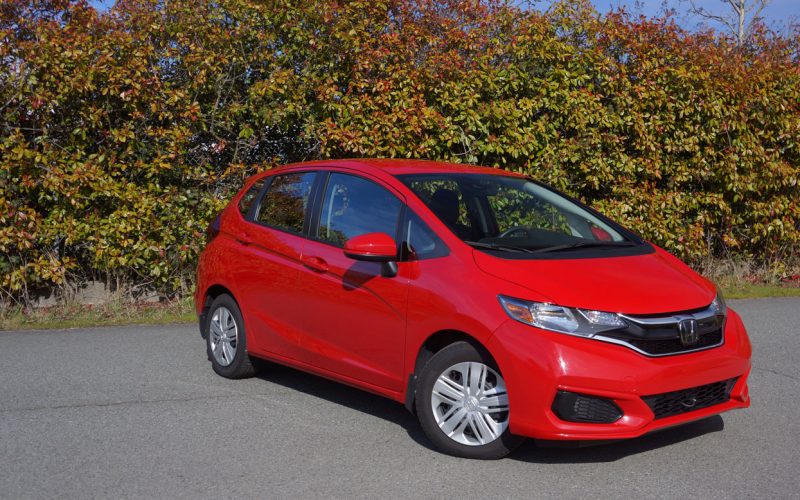
Reading Time: 8 minutesThe Fit is the least expensive way to put a Honda car in your garage, but
© 2025 The Car Magazine. All Rights Reserved, Privacy Policy | Terms of Use